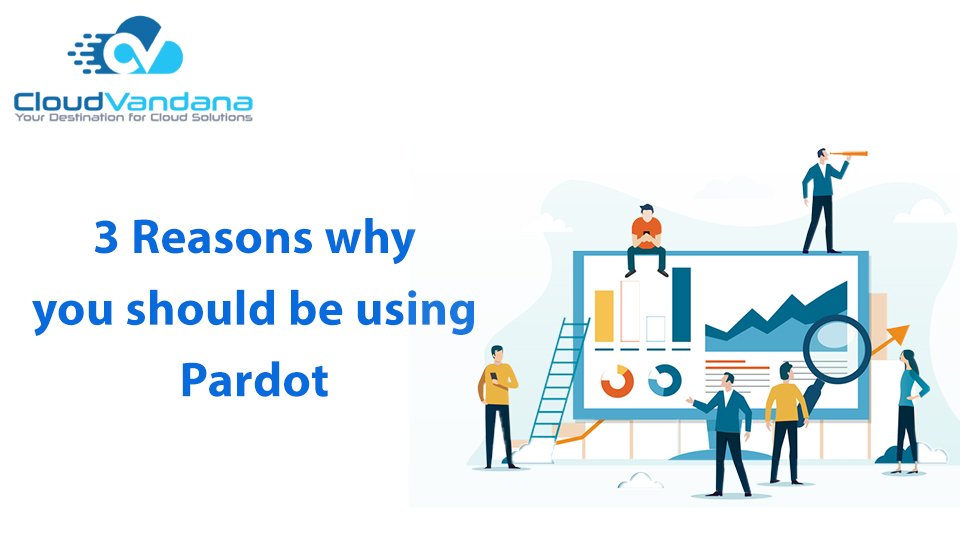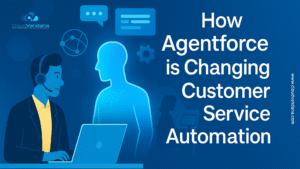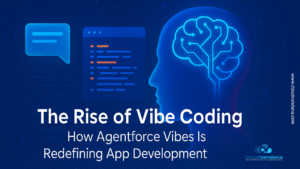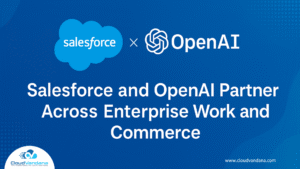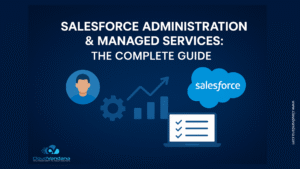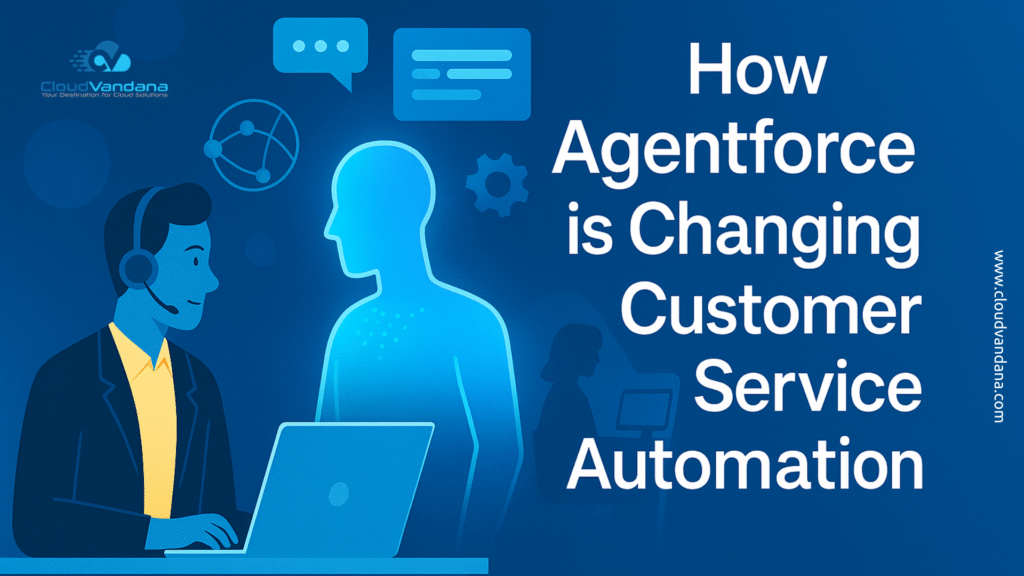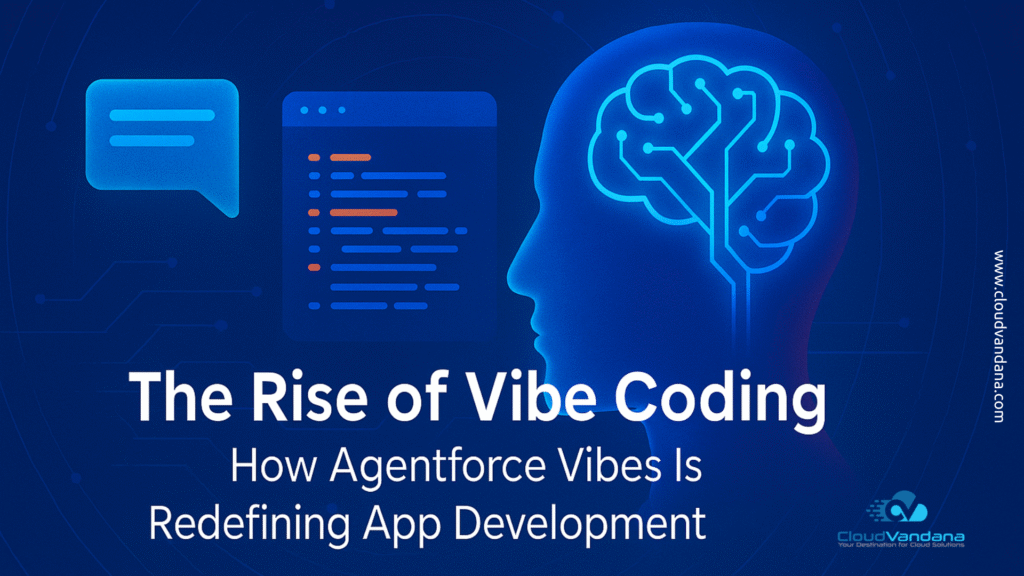Discover why Pardot (Marketing Cloud Account Engagement) is the go-to platform for B2B marketing automation. Learn how it streamlines lead management, enables data-driven campaigns, and aligns sales and marketing for scalable growth.
Introduction
Marketing today isn’t about one-size-fits-all emails or loosely segmented lists. It’s about relevance, timing, and orchestration—at scale. For B2B companies, managing that complexity without losing personalization is a perpetual challenge. That’s where Pardot, Salesforce’s marketing automation platform, delivers game-changing value. Purpose-built for B2B, MCAE turns fragmented campaigns into seamless buyer journeys and delivers measurable impact across your funnel.
Reason 1: Streamlined Lead Management at Scale
Capture Leads from Every Digital Touchpoint
Whether it’s your website, paid ads, webinars, or downloadable content, MCAE lets you capture prospects at every stage of the customer journey. It offers embeddable forms, progressive profiling, and native landing pages to collect rich data without friction. Lead capture becomes a strategic asset—not just a technical function.
Intelligent Lead Qualification Through Scoring and Grading
Pardot’s lead scoring and grading system allows marketers to separate the curious from the committed. Scoring evaluates prospect behavior—what they do, click, and download—while grading evaluates how closely they match your ideal customer profile. Together, these dimensions prioritize sales-ready leads and reduce waste.
Automated Nurturing via Engagement Studio
Pardot’s Engagement Studio empowers you to design automated nurture flows that adapt to behavior in real time. Want to send one email to someone who downloaded a whitepaper and another to someone who clicked a pricing link? Done. You can build branching paths based on triggers, actions, and rules—without writing a line of code.
Lead Segmentation and Dynamic Lists for Precision Targeting
No more static spreadsheets or batch-and-blast campaigns. Pardot’s dynamic lists update in real time based on behavior and profile data. You can segment leads by geography, job title, funnel stage, or engagement level—allowing you to personalize at scale without micromanaging lists.
Syncing Seamlessly with Salesforce CRM
Because MCAE is a native Salesforce product, lead data syncs effortlessly between marketing and sales. Fields, campaigns, tasks, and activities flow bi-directionally. No connectors. No clunky integrations. Just real-time visibility into every prospect’s journey, straight from the Salesforce interface.
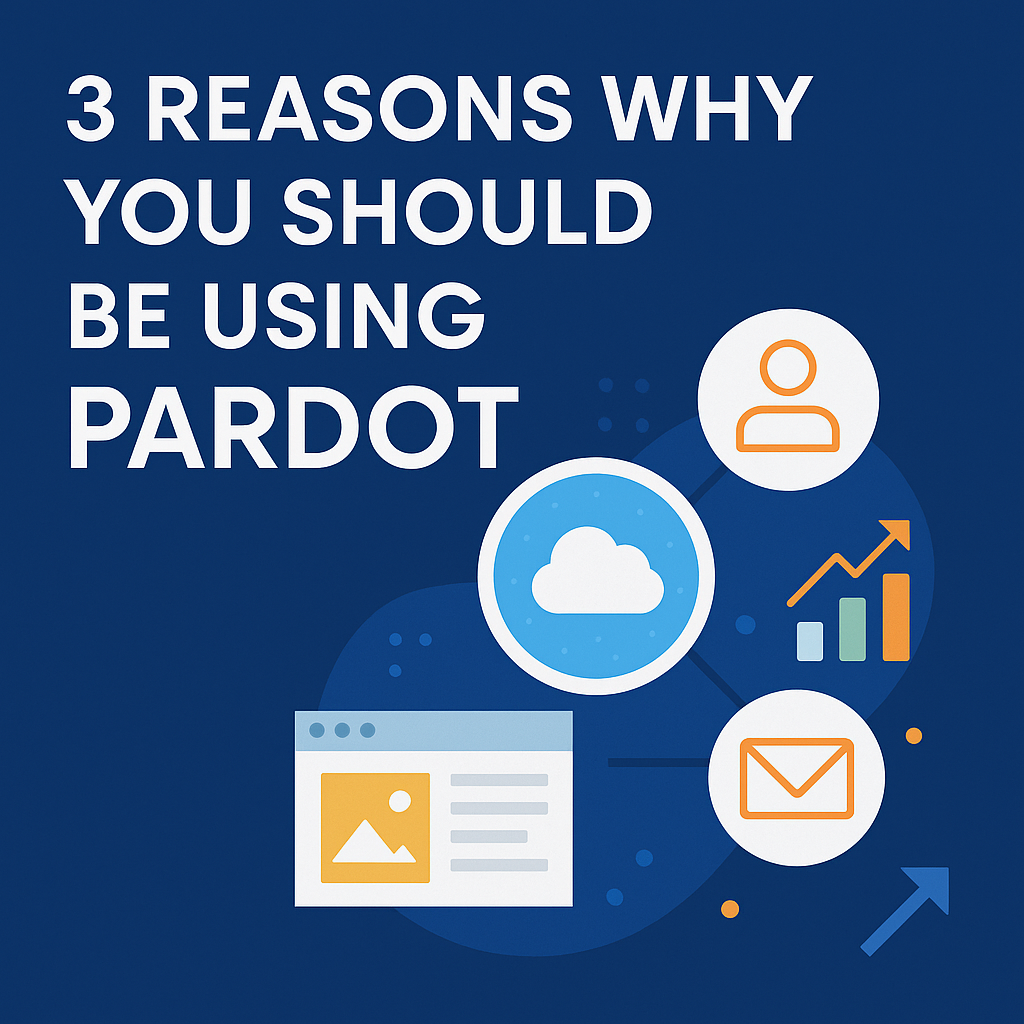
Reason 2: Data-Driven Marketing Automation
Creating Personalized Journeys Based on Behavior and Intent
MCAE makes it easy to send the right message at the right time based on how prospects behave. Visited a pricing page? Trigger a follow-up email. Attended a webinar? Add them to a new drip campaign. By mapping content to intent signals, you increase conversion without manual outreach.
Responsive Campaigns Powered by Real-Time Prospect Activity
Unlike batch systems, Pardot processes engagement signals in real time. Whether it’s a form submission or email click, the platform responds immediately—adjusting automation, triggering alerts, or altering score values. You’re not reacting days later; you’re adapting as behavior unfolds.
Deep Reporting on Email, Form, and Landing Page Performance
Data is only powerful when it’s accessible. Pardot gives you in-depth reporting on email opens, click-through rates, form conversions, landing page performance, and campaign ROI. These insights allow you to fine-tune every touchpoint with precision.
A/B Testing and Optimization Tools for Higher ROI
Not sure which subject line will perform better? Want to test whether long-form or short-form content converts better? Pardot’s built-in A/B testing tools let you experiment and scale only what works. Optimization becomes iterative and evidence-based—not guesswork.
Campaign Influence and Multi-Touch Attribution
Pardot integrates with Salesforce Campaigns to support first-touch, last-touch, and multi-touch attribution. This allows marketers to demonstrate real impact on pipeline—not just vanity metrics. It closes the loop on marketing performance and helps justify budget allocations.
Reason 3: Sales and Marketing Alignment Like Never Before
Real-Time Prospect Activity Tracking for Sales Teams
Sales reps can view prospect activities—email opens, page views, form completions—right inside Salesforce. This context helps reps understand a lead’s interest level before making contact, leading to smarter outreach and better conversion.
Connected Campaigns That Unify Efforts Across Departments
With connected campaigns, both sales and marketing work from the same playbook. Marketers track influence, while sales track revenue. Every touchpoint is logged in one place. This not only aligns goals but also builds accountability.
Custom Alerts and Notifications for Sales Follow-Ups
Pardot allows you to trigger real-time alerts when high-value leads take important actions. Whether it’s a visit to the pricing page or a webinar sign-up, reps can be notified instantly via email or Salesforce task creation—so no opportunity is missed.
Advanced Segmentation to Feed Sales with the Right Leads
Pardot allows advanced filtering by lead score, grade, industry, role, or behavior. This means sales gets a curated list of leads most likely to convert—boosting productivity and reducing time wasted on low-fit prospects.
Closed-Loop Reporting to Refine Strategy
Because Pardot and Salesforce work as one, marketers get visibility into which leads close, how long they took, and what influenced the decision. This creates a feedback loop that sharpens future campaigns and informs messaging across the board.
Beyond the Basics: Additional Advantages of Pardot
Enterprise-Grade Security and Compliance
Pardot offers GDPR tools, field-level tracking opt-ins, IP restrictions, and secure data handling protocols. It’s built for enterprises that need marketing agility without compromising compliance.
Scalable Architecture for Growing Businesses
As your database grows, Pardot grows with you. From small teams sending monthly newsletters to enterprises running ABM campaigns across regions, Pardot’s infrastructure supports scale without performance compromise.
Native Salesforce Integration Without Middleware
No third-party tools. No custom connectors. Pardot is built on the Salesforce platform, enabling tighter integration, faster deployment, and cleaner data. Everything flows under a single data model.
Support for ABM (Account-Based Marketing) Strategies
With custom fields, segmentation, dynamic content, and Salesforce campaign mapping, Pardot supports ABM out of the box. It’s ideal for high-ticket B2B sales cycles that require coordinated, multi-channel engagement across decision-makers.
Access to B2B Marketing Analytics and Einstein AI
Use B2B Marketing Analytics for deeper insights into campaign influence and funnel performance. Layer Einstein AI on top to score leads intelligently, predict engagement, and personalize messaging automatically.
Use Case: From MQL to Closed Deal in One Journey
Imagine this workflow:
- A CMO downloads a gated eBook. Pardot assigns a score and adds them to a nurture track.
- The prospect clicks multiple links and attends a webinar. Their score crosses the MQL threshold.
- Pardot alerts the assigned AE and creates a task in Salesforce.
- The AE connects, sees the full activity log, and books a discovery call.
- The deal closes 45 days later. Every touchpoint—from form to close—is logged, attributed, and reportable.
This is what end-to-end visibility looks like. And Pardot makes it seamless.
Comparison: Pardot vs. Other Marketing Platforms
Compared to HubSpot, Pardot offers tighter Salesforce integration, more robust B2B capabilities, and deeper CRM alignment.
Against Marketo, Pardot is easier to use, quicker to deploy, and less reliant on technical resources.
And compared to Mailchimp or Constant Contact, Pardot is a quantum leap in automation, segmentation, lead scoring, and reporting.
Who Should Be Using Pardot?
Pardot is ideal for:
- B2B companies with long sales cycles
- Salesforce users who want native marketing integration
- Revenue teams focused on ABM or multi-touch journeys
- Organizations needing precise lead qualification and routing
- Businesses that require enterprise-grade security and compliance
Whether you’re a 5-person startup or a 500-person enterprise, Pardot scales with your ambition.
Conclusion
The future of B2B marketing is automated, intelligent, and deeply connected to sales. Pardot isn’t just another email tool—it’s a comprehensive system for driving engagement, accelerating pipeline, and proving marketing ROI.
It centralizes your data, sharpens your targeting, and empowers your teams to act faster and smarter. If you’re still cobbling together lead lists and sending batch emails, you’re not just behind—you’re leaving revenue on the table.
Scale Smarter with CloudVandana’s Pardot Expertise
Implementing Pardot is more than flipping a switch—it’s about designing smart journeys, scoring intelligently, aligning teams, and reporting clearly.
At CloudVandana, we help Salesforce customers unlock the full potential of Pardot. From strategic setup and connected campaigns to scoring models, Engagement Studio, and reporting dashboards—we bring deep experience and proven frameworks.
Ready to turn your Pardot investment into pipeline power?
👉 Talk to our Pardot specialists today and build smarter, faster, conversion-driven marketing automation.



